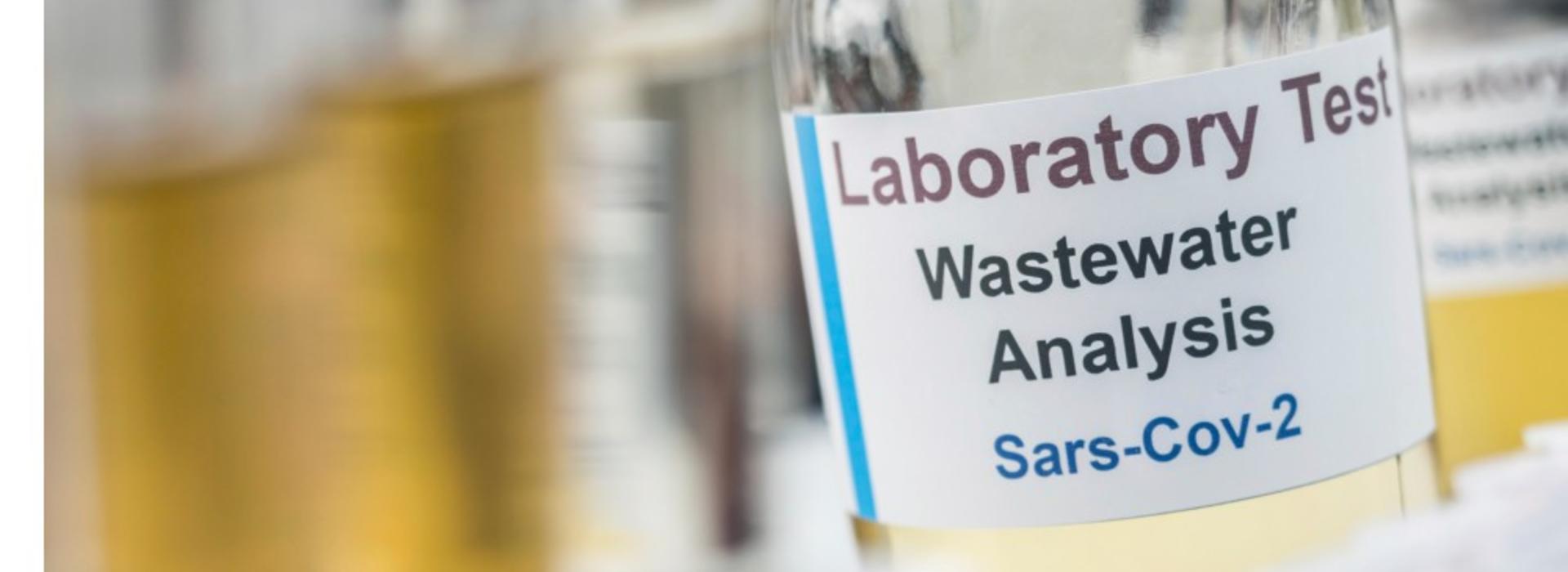
U of M wastewater surveillance predicts surge decline soon for metropolitan area
The University's wastewater dashboard can be accessed at z.umn.edu/ww_dashboard.
MINNEAPOLIS/ST. PAUL (01/24/2022) — University of Minnesota Medical School ongoing research, in partnership with the Minnesota Department of Health, shows a predicted decline of the omicron variant surge for COVID-19 in the Twin Cities Metro area within the next two weeks. That prediction is based on data from the thirteen metro plants surveyed. However, surveillance in most other regions of the state show sustained evidence of continued viral spread.
Based on its statewide wastewater surveillance data, the prevalence of disease is predicted to decline significantly in the Twin Cities metro region. The only decline in Greater Minnesota was found in the SouthCentral section of the state, involving samples from five plants.
“We’ve learned that wastewater gives us a two week heads up about COVID prevalence in communities statewide,” said Tim Schacker, MD, vice dean for research at the U of M Medical School. “Working with the Minnesota Department of Health, we now have a statewide network of 44 wastewater treatment plants regularly testing for evidence of COVID, meaning we can share potential coming spikes in cases to let local communities prepare.”
The University began studying wastewater in April 2020 as a research project led by faculty at the U of M Medical School, Duluth campus. The work has proven to be an important surveillance tool that can serve the state beyond COVID-19.
Wastewater can be tested for certain molecules (RNA), from SARS CoV-2, the virus that causes COVID. In published research in 2021, University researchers illustrated that viral detection starts to increase in wastewater approximately two weeks before clinical cases show up in hospitals and clinics.
“We were among the first public universities in the nation to conduct statewide surveillance in this manner and in partnership with the state government,” Schacker said. “What we’ve learned from this work during COVID-19 will serve us well in the future as other viruses or bacterial infections emerge.”
In the University’s ongoing work, researchers have reliably predicted changes in community-based incidence, which provided a helpful public health tool for those cities or towns with large numbers of people residing in congregant care. For those areas that are home to large senior facilities or factories that employ hundreds, knowing an increase in cases is coming can provide an early indicator that extra precautions should be taken.
The research team plans to continue working with MDH and to expand the virus detection in wastewater to include other important pathogens like influenza, HIV, or even to track spread of antibiotic resistant bacteria.
-30-
Contact
Kat Dodge, Medical School Communications Manager
kdodge@umn.edu
About the University of Minnesota Medical School
The University of Minnesota Medical School is at the forefront of learning and discovery, transforming medical care and educating the next generation of physicians. Our graduates and faculty produce high-impact biomedical research and advance the practice of medicine. We acknowledge that the U of M Medical School, both the Twin Cities campus and Duluth campus, is located on traditional, ancestral and contemporary lands of the Dakota and the Ojibwe, and scores of other Indigenous people, and we affirm our commitment to tribal communities and their sovereignty as we seek to improve and strengthen our relations with tribal nations. For more information about the U of M Medical School, please visit med.umn.edu.